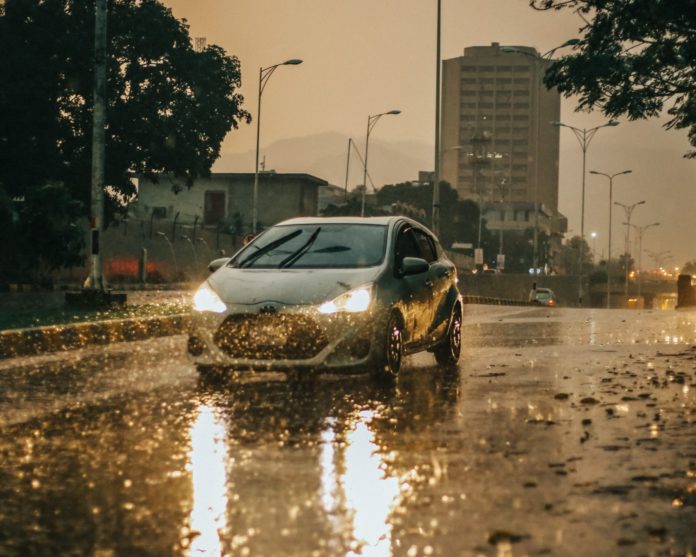The Western Cape is being battered by unrelenting storms and considerable downpours, accompanied by strong winds.
RELATED: Stellenbosch Region Battered by Worst Rains in 45 Years
While South Africa is not known for extreme winter forecasts, wet and cold conditions can make for hazardous roads. Drivers might want to consider these measures including pre-travel checks, driving techniques and general safety tips.
TIP 1: Check your vehicle. Before the winter season hits, make sure your car is serviced and checked thoroughly.
- Ensure the defrosting and heating equipment are working – you need this for safe driving. Check the heater and that you know how to work it.
- Be sure the windshield wiper blades are in working condition.
- Inflate the tires properly. Underinflated tires have reduced grip. The tread will not meet the road surface. Overinflation has the same effect.
- Check the exhaust system for loos parts, any sounds or signs of leaks.
- Make sure there is enough anti-freeze in the cooling system.
- Check your lights. The nights are longer in winter, meaning more driving in the dark. Also correctly adjust the focus of the headlights.
TIP 2: Take things slow. Keep both hands on the wheel, turn it where you want the car to go. It can help you in a skid!
- Scan weather reports before heading out. If you have somewhere to be on time, leave earlier than usual, and drive slowly.
- Drive slowly and smoothly on wet, slippery roads. It it’s too slippery – you should not be driving – stop at the first safe place.
- Keep the heel of your foot on the floor, using the ball of your foot to apply steady pressure on the break pedal.
- Increase the following distance to five to six seconds. This will provide a longer distance needed if you need to stop. Do not brake harder than necessary.
- Make gentle (as possible) turns.
RELATED: Cederberg floods, Citrusdal cut off
TIP 3: Watch your surroundings. Watch the road no matter what. No phones or distracting music or conversation – it can wait – until you are safe.
- You and your passengers need to wear seat belts, with both lap and shoulder straps.
- Pay attention to the road ahead and cars, be wary of any obstructions and drive mindfully.
- If you are travelling long distance in the winter, stop for a break, and switch driving duty if possible.
- Plan the best route to your destination; avoid bridges, congested areas and hills during the colder season (if possible).
This article was first published on 31 May 2023. It has been updated to reflect new information.


